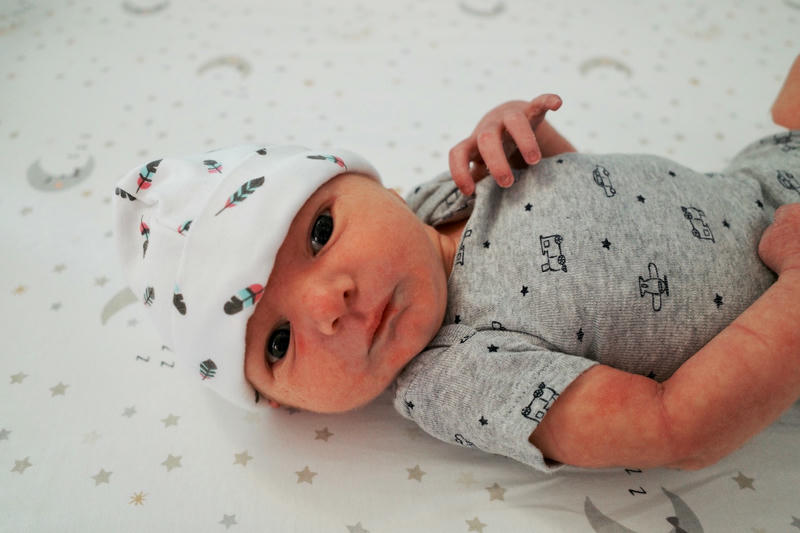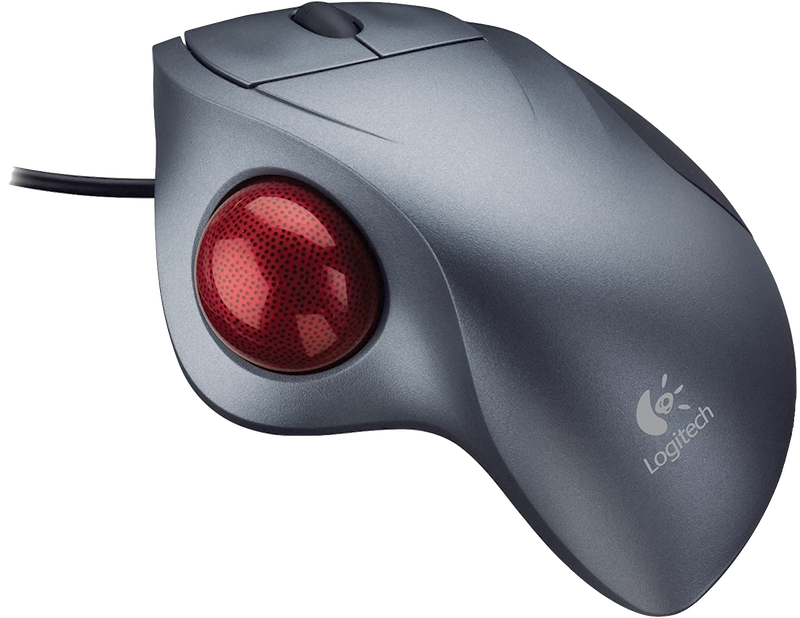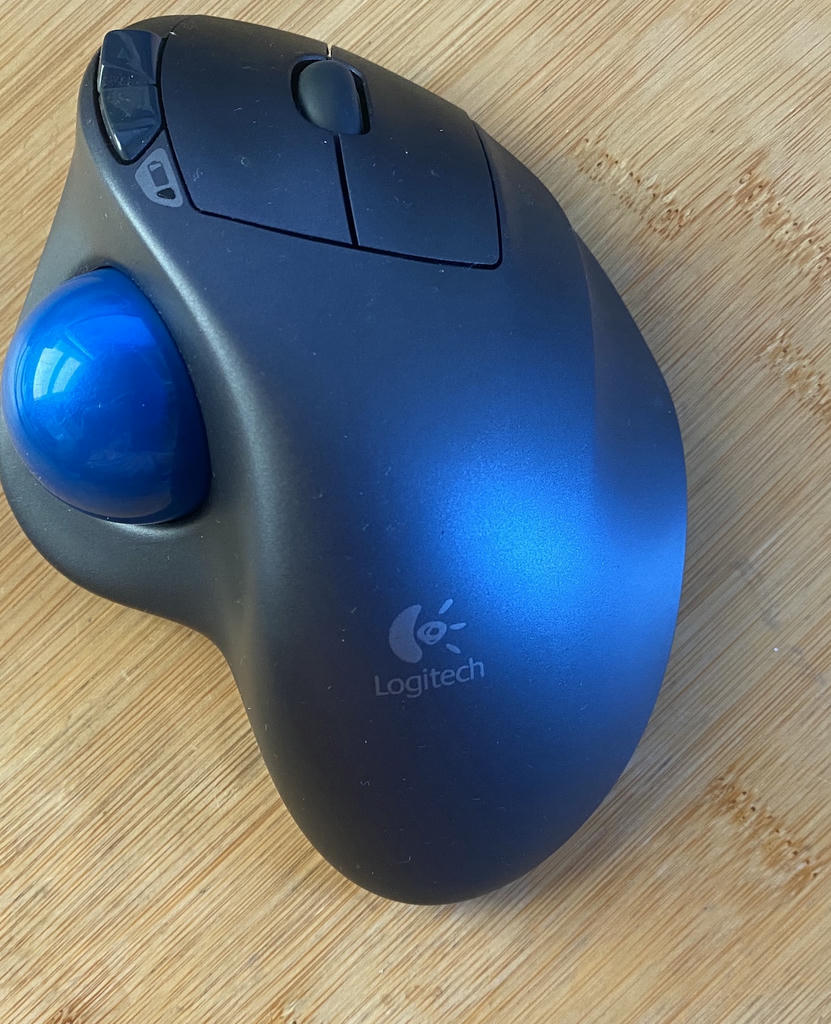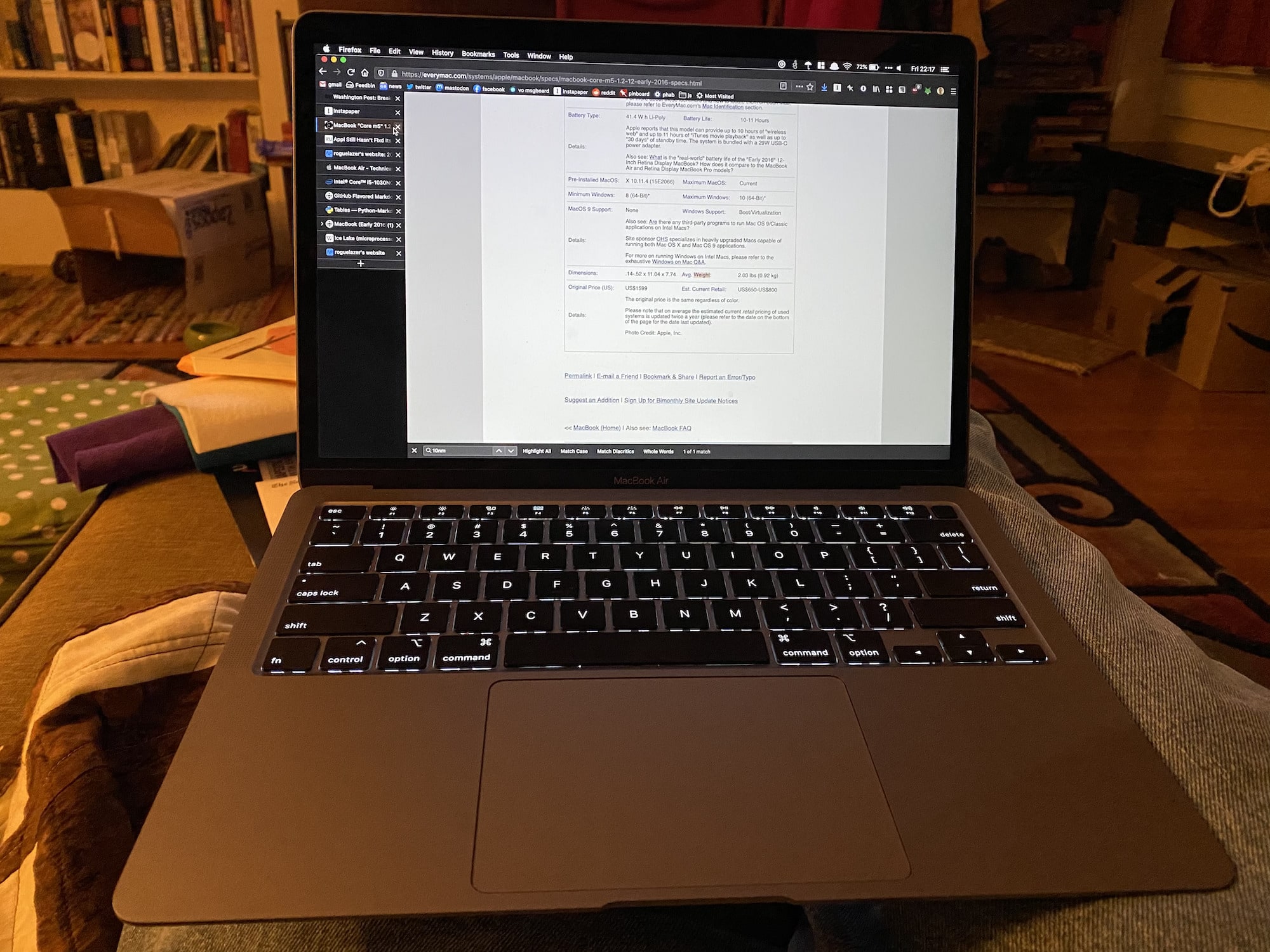It's been about ten years since I've regularly used that most quintessential of post-1984 computer peripherals, the
mouse. The last mouse I had was pretty exclusively used for a gaming PC in college and was a Logitech MX518;
since then I've used a variety of input devices. It's been a while since I did any brief reviews of technology on this
ostensibly-technology blog, so what the hey, let's do it! In brief, we're going to talk about:
My first taste of a wrist-pain-free input device was the Logitech TrackMan Wheel Optical, a long-discontinued thumb
trackball made in the mid-00's. According to my Amazon.com order history, I purchased this item on September 2, 2007.
If you've never used one before, the idea is that you hold this device much like you would a "normal" ergonomic computer
mouse, but instead of moving your whole arm your just move your thumb to control the cursor. The TrackMan Wheel (either
in this, its "optical" variant, or the older ball-guided version) was a common first introduction to trackballs in the
00's. The tracking was always smooth, the wheel was refreshingly clicky, and the buttons never failed. This was a
great mouse. Unfortunately, it got lost in the move-out from college in 2010, and by that time it was discontinued and
they were already going for >$100 on eBay. 😢
I replaced it with the new-at-the-time Logitech M570, which is ostensibly just a
Logitech-Unifying-Receiver-equipped variant of the TrackMan Wheel Optical. A few key notes here:
- Generally, wireless sucks for mice. Even the Logitech Unifying Receiver, which is generally less flaky than
Bluetooth, is still flaky and has human-visible latency
- I don't know what happened to the controls on this mouse, but the buttons are not nearly as satisfying as the
original and the wheel has always felt gummy
- Forward and back buttons are dumb on a mouse
I used the M570 for a few years because it worked well enough, but it's not a very good input peripheral. I still have
it (you can see a picture below, next to a stock shot of a TrackMan Wheel Optical) because there are a couple of games I
can only play with it (unless I want to take an unreasonable amount of time to retrain muscle memory, and who wants to
do that?)...
In 2012 or so, I had a breakthrough: I purchased a Kensington ExpertMouse. I'd seen these for years but never
gotten around to regularly using one. The
ExpertMouse has a single giant ball that you operate with the tips of your fingers and buttons around the edges. At some
point, this trackball gained a label proclaiming it to be "joystick" and it became my standard input device; I took it
with me to Uber and rolled many miles on that trackball.
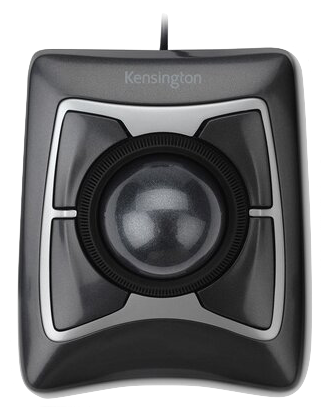
Unfortunately, when I left Uber in 2015, the ExpertMouse got nabbed by someone else off my desk and was never seen
again. Even worse, some time between 2012 and 2015, Kensington drastically worsened their manufacturing process. I
purchased a new ExpertMouse, but the entire thing feels much cheaper. The scroll wheels don't spin cleanly any more, the
buttons are sticky, and the ball has to be cleaned twice as much as it used to. There's also a new wireless one that I
hear very bad things about. Pre-2013 wired ExpertMouses (ExpertMice?) can sometimes be found on eBay for $150+.
After this, I took a detour and spent some time doing my input with trackpads instead of trackballs. You can see an
Apple Magic TrackPad 2 in my new computer post from last year, and I had an
Apple Magic TrackPad 1 at work for a while. The Magic TrackPad 2, in particular, is just an absolutely enormous
(6¼" x 4½") slab of glass that serves as a multi-touch input for your computer. I still use mine and try to alternate
every couple of weeks between a trackpad and a trackball to change up the kinds of stress on my wrists. If you've used a
trackpad on any "modern" (unibody) MacBook, you know what a Magic TrackPad feels like. It's great for some things (like
horizontal scrolling) and not great for other things (highly precise input; gaming).
But what about trackballs? Isn't that the purpose of this post?
For the last year or so I've been rocking two different Elecom trackballs: an Elecom DEFT PRO at home and an Elecom DEFT HUGE at work. Just today, I went into the office and brought my HUGE home, so I've got them side-by-side on my desk:
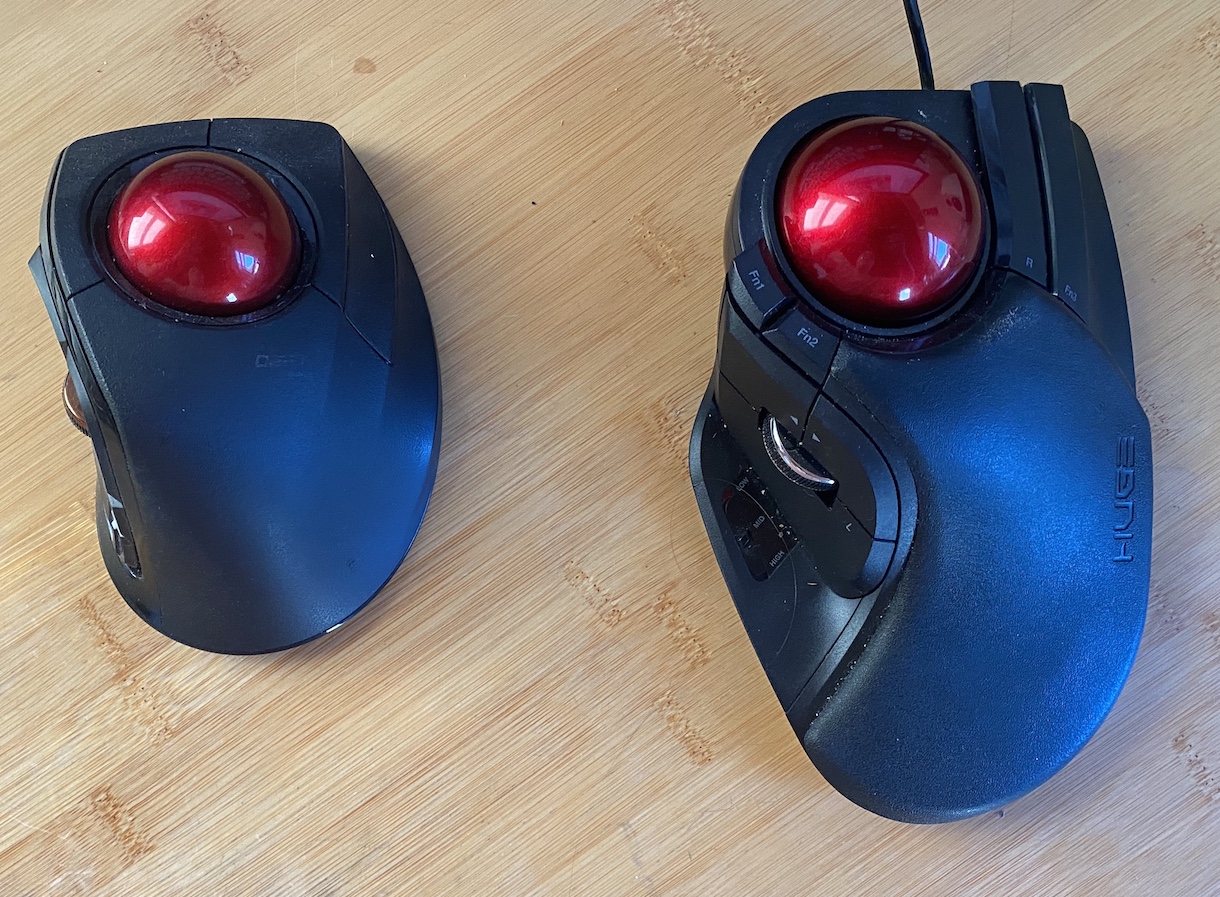
Conceptually, they're very similar trackballs: a single large ball that you operate with your pointer and middle
fingers, then a scroll wheel and buttons that you operate with your thumb and ring fingers. The HUGE is, well, HUGEr,
with a ~25% bigger ball, a couple more buttons, and a built-in wrist-rest. The models I have are a wired-only HUGE
(M-HT1UR) and a wired-or-wireless PRO (M-DPT1MR). I initially used the PRO wireless over Bluetooth to my desktop, but
after one too many dropouts, I switched it to running wired over the micro USB cable. Unlike the Apple Magic TrackPad,
when you plug in the Elecom, it does actually behave as a standard wired mouse instead of just charging.
I only have two complaints about the Elecom trackballs:
- It's very hard to hold the wheel down. This is not a common operation unless you play a video game that uses holding
the wheel down as an important action...
- When wired, do not use standard USB HID classes so cannot be used on macOS for anything besides tracking and LMB/RMB without third-party drivers. SteerMouse seems to be the only option that supports all of HUGE's buttons on Catalina. It will be a sad day if they ever drop support. Notably, BetterTouchTool, which I use for other input customization, does not support any of the extra buttons on the HUGE.
Anyhow, that's my brief run through input devices. If all of my mouse-like devices were destroyed in a mysterious laser
strike, I would go out and buy another Elecom DEFT HUGE. For now. As I've found the hard way with both Logitech and
Kensington, everything seems to get worse with time. Maybe I should just buy a few extra Elecom devices now now and put
them away in an airtight box somewhere? No, that's probably crazy. I'm not Jon
Siracusa...
For those of you who've made it this far, here's what my desk looks like today:
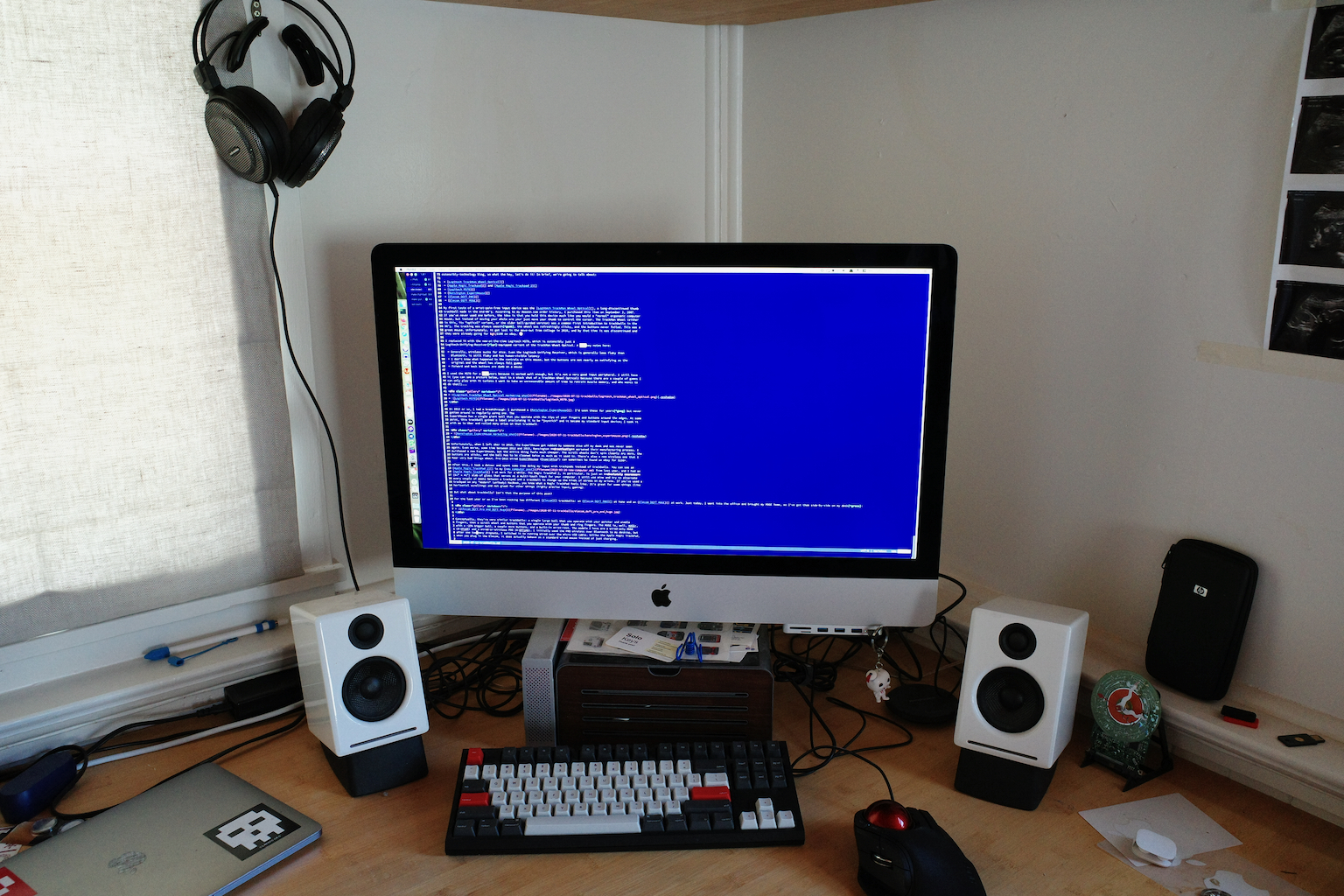
Stay safe out there, readers.




